The Yellowstone Supervolcano: A Scientific Look At Eruption Probability
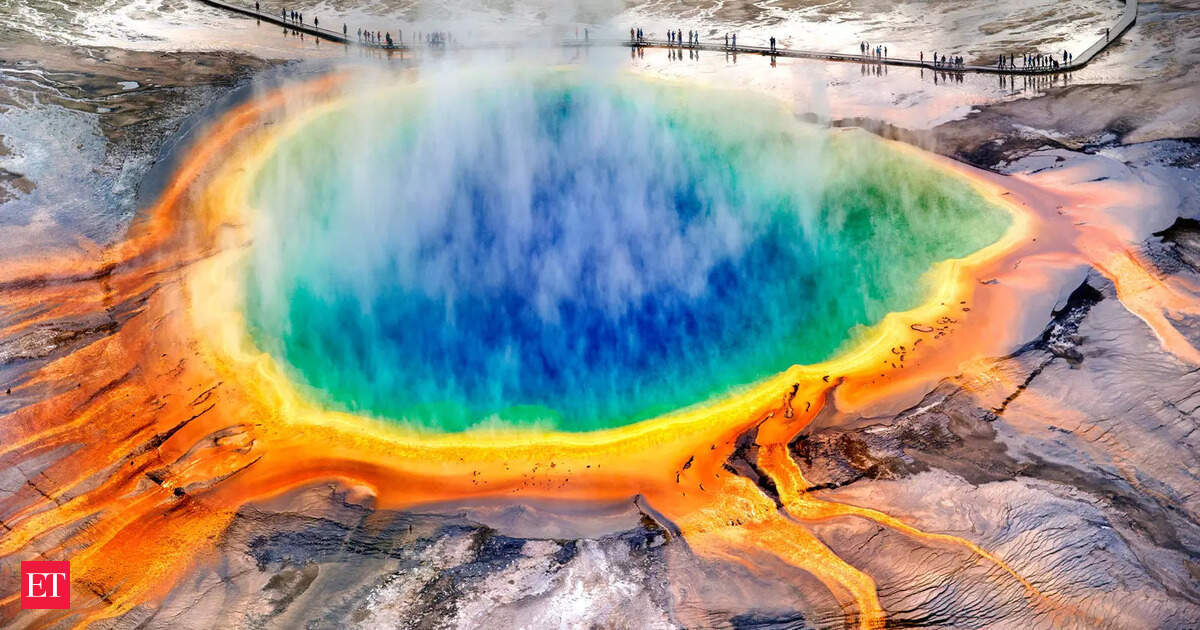
Welcome to your ultimate source for breaking news, trending updates, and in-depth stories from around the world. Whether it's politics, technology, entertainment, sports, or lifestyle, we bring you real-time updates that keep you informed and ahead of the curve.
Our team works tirelessly to ensure you never miss a moment. From the latest developments in global events to the most talked-about topics on social media, our news platform is designed to deliver accurate and timely information, all in one place.
Stay in the know and join thousands of readers who trust us for reliable, up-to-date content. Explore our expertly curated articles and dive deeper into the stories that matter to you. Visit Best Website now and be part of the conversation. Don't miss out on the headlines that shape our world!
Table of Contents
The Yellowstone Supervolcano: A Scientific Look at Eruption Probability
Yellowstone National Park. The name conjures images of geysers, bison, and breathtaking landscapes. But beneath this stunning scenery lies a sleeping giant: a supervolcano capable of unleashing catastrophic consequences. The question on everyone's mind isn't if it will erupt again, but when. This article delves into the scientific understanding of the Yellowstone supervolcano's eruption probability, separating fact from fiction.
Understanding the Yellowstone Supervolcano
The Yellowstone caldera, a massive volcanic depression, is the result of three cataclysmic supereruptions over the past 2.1 million years. These eruptions were immensely powerful, spewing ash and debris across vast swathes of North America and significantly altering global climate. The sheer scale of these events makes understanding their recurrence a priority for geologists and volcanologists worldwide.
What Does the Data Tell Us?
While the possibility of another supereruption is undeniable, the likelihood within our lifetimes is remarkably low. Scientists monitor Yellowstone's activity intensely using a variety of techniques, including:
- GPS measurements: These track ground deformation, providing insights into magma movement beneath the surface. Slight swelling or subsidence can indicate changes in pressure within the magma chamber.
- Seismic monitoring: A network of seismometers constantly records earthquakes, helping scientists identify patterns and potential precursors to volcanic activity. The majority of these earthquakes are minor and related to the normal geothermal activity of the region.
- Gas emissions: Monitoring the release of gases like carbon dioxide and sulfur dioxide can provide clues about the state of the magma chamber. Increased gas emissions could signal increased volcanic unrest.
- Thermal imaging: Satellite and ground-based thermal imaging allows scientists to track changes in heat flow, which can be indicative of magma movement.
These monitoring methods provide a wealth of data, allowing scientists to build sophisticated models predicting future volcanic activity. However, accurately predicting the timing of a supereruption remains a challenge. The intervals between past supereruptions have varied significantly, making precise forecasting impossible.
The Probability Factor: More Than Just a Number
It's crucial to avoid sensationalism. While a supereruption is possible, the probability within the next century is exceptionally low, according to current scientific consensus. The USGS (United States Geological Survey) regularly assesses the volcanic threat at Yellowstone, and their findings consistently point towards a low risk of a supereruption in the foreseeable future. However, smaller eruptions, like those that have occurred in the past, are statistically more likely. These smaller events, while still significant, wouldn't have the global impact of a supereruption.
Beyond Supereruptions: Other Volcanic Hazards
Yellowstone's volcanic activity isn't solely defined by the potential for supereruptions. The park is home to numerous geothermal features, including geysers, hot springs, and mud pots. These features pose localized hazards, and understanding their behavior is crucial for visitor safety and park management. These hazards are actively monitored and managed to minimize risk.
Conclusion: Responsible Reporting and Informed Understanding
The Yellowstone supervolcano is a powerful geological force, but the probability of a catastrophic supereruption in the near future is significantly lower than often portrayed in the media. Continued scientific monitoring and research are essential for refining our understanding of volcanic processes and improving hazard assessment. Responsible reporting and a clear understanding of the scientific data are crucial to avoid fueling unnecessary fear and maintaining a balanced perspective on this awe-inspiring natural wonder. For up-to-date information and reliable data on Yellowstone's volcanic activity, consult the USGS website.
Call to Action: Learn more about Yellowstone National Park and the USGS's monitoring efforts. Promote responsible science communication and critical thinking when encountering information about natural disasters.

Thank you for visiting our website, your trusted source for the latest updates and in-depth coverage on The Yellowstone Supervolcano: A Scientific Look At Eruption Probability. We're committed to keeping you informed with timely and accurate information to meet your curiosity and needs.
If you have any questions, suggestions, or feedback, we'd love to hear from you. Your insights are valuable to us and help us improve to serve you better. Feel free to reach out through our contact page.
Don't forget to bookmark our website and check back regularly for the latest headlines and trending topics. See you next time, and thank you for being part of our growing community!
Featured Posts
-
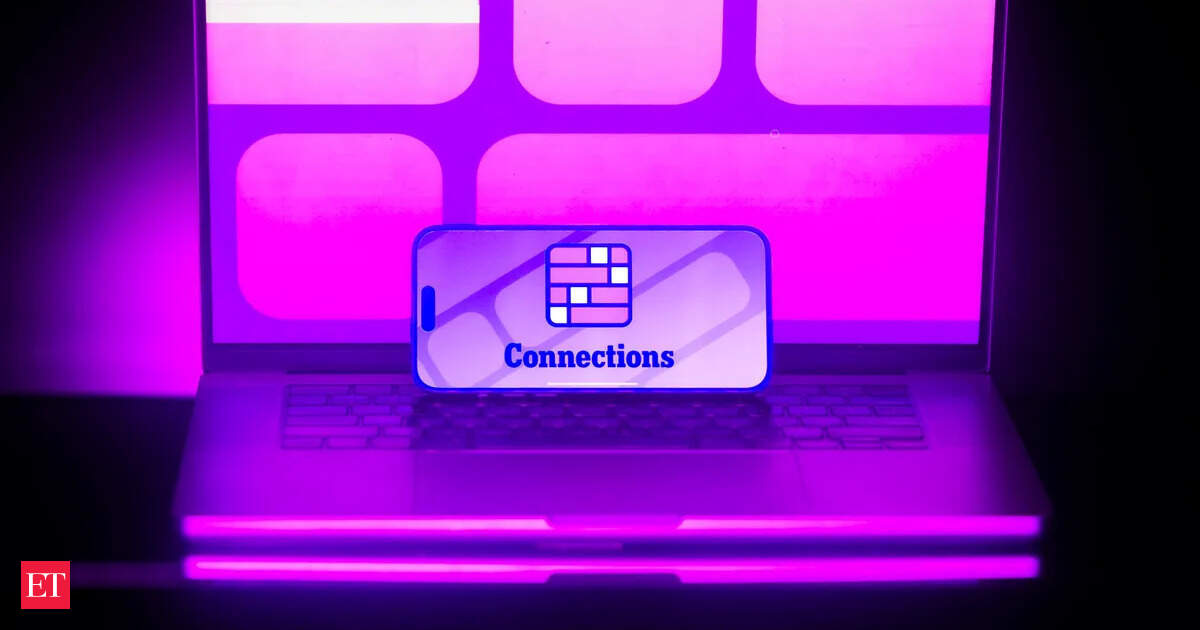 Nyt Connections July 20 2024 Complete Solution Guide For Puzzle 770
Jul 23, 2025
Nyt Connections July 20 2024 Complete Solution Guide For Puzzle 770
Jul 23, 2025 -
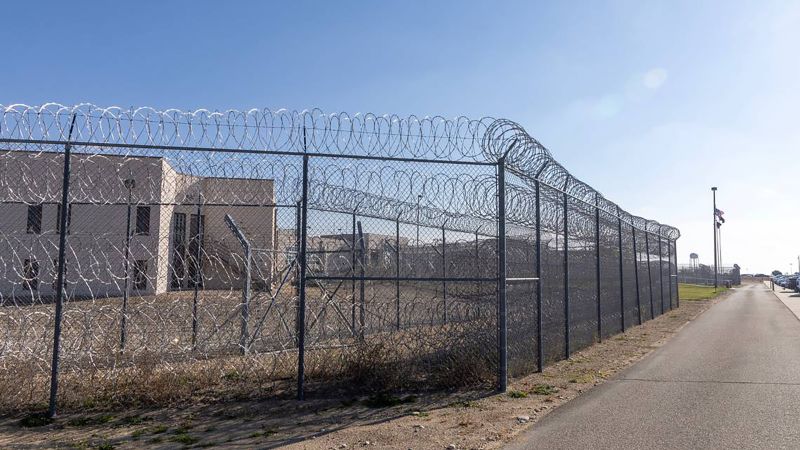 Bryan Kohbergers Imprisonment A Look Inside Idahos Sole Maximum Security Prison
Jul 23, 2025
Bryan Kohbergers Imprisonment A Look Inside Idahos Sole Maximum Security Prison
Jul 23, 2025 -
 Kamala Harris Failed Presidential Bid One Year Later The Mockery Continues
Jul 23, 2025
Kamala Harris Failed Presidential Bid One Year Later The Mockery Continues
Jul 23, 2025 -
 Local North Georgia Man Claims 3 Million From Lottery Scratch Off
Jul 23, 2025
Local North Georgia Man Claims 3 Million From Lottery Scratch Off
Jul 23, 2025 -
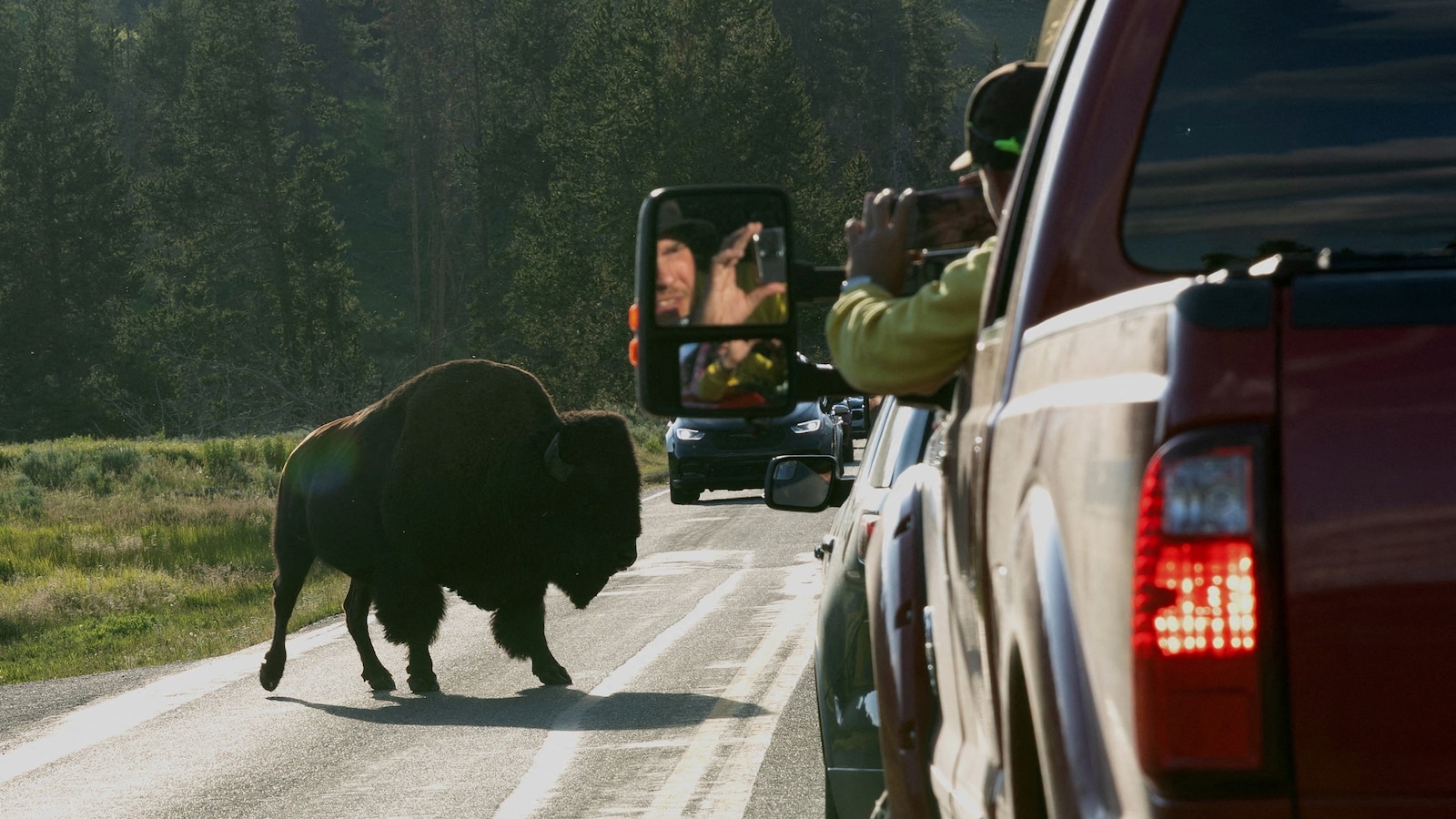 Nps Statement Countering False Claims Of Yellowstone Wildlife Migration
Jul 23, 2025
Nps Statement Countering False Claims Of Yellowstone Wildlife Migration
Jul 23, 2025
Latest Posts
-
 Pension Commission Inquiry Addressing The Retirement Savings Gap Affecting Millions
Jul 23, 2025
Pension Commission Inquiry Addressing The Retirement Savings Gap Affecting Millions
Jul 23, 2025 -
 Solve Nyt Connections Puzzle 772 Hints And Answers For July 22
Jul 23, 2025
Solve Nyt Connections Puzzle 772 Hints And Answers For July 22
Jul 23, 2025 -
 Fake Lafufu Labubus Chinas Response To A Thriving Black Market
Jul 23, 2025
Fake Lafufu Labubus Chinas Response To A Thriving Black Market
Jul 23, 2025 -
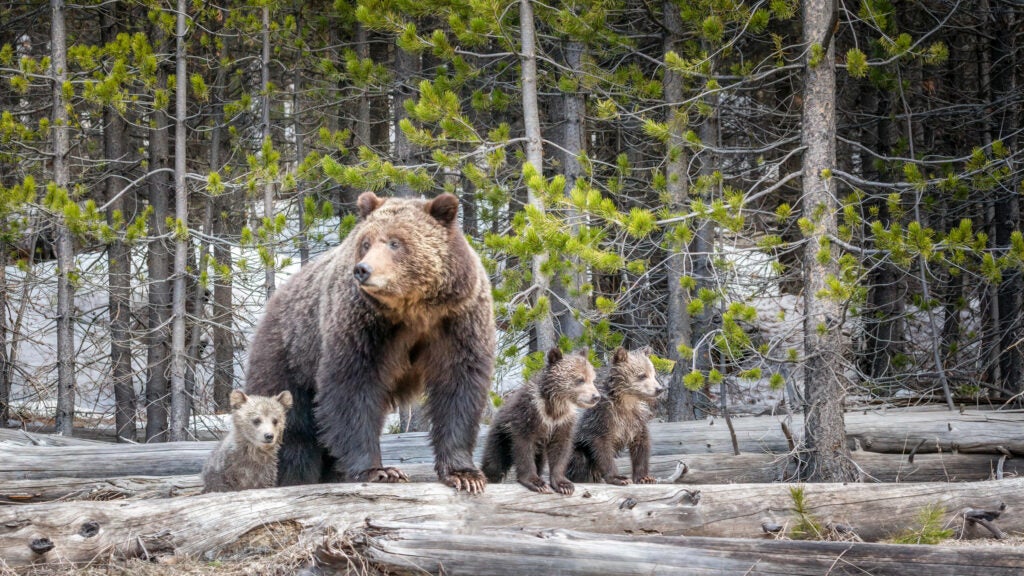 Yellowstone Supervolcano Myth The Truth Behind The Online Animal Migration Panic
Jul 23, 2025
Yellowstone Supervolcano Myth The Truth Behind The Online Animal Migration Panic
Jul 23, 2025 -
 Michelle Beadles Luxurious Vacation A New Chapter After Sirius Xm
Jul 23, 2025
Michelle Beadles Luxurious Vacation A New Chapter After Sirius Xm
Jul 23, 2025
